INSECTS ARE COLD BLOODED, and it is the outside temperatures that determine whether they are active or not. Take the honeybee, a sudden cold spell and the foraging workers can unexpectedly be caught out, having to find refuge wherever best they can. This literally leaves them cold, reducing their metabolism to a docile, almost dormant state. So when the sun suddenly hides behind the clouds and the temperature drops it’s not too difficult to find a confused bee taking refuge on some leaf.
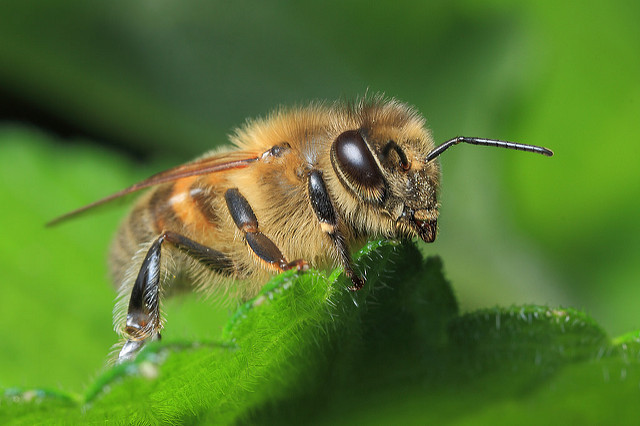
A sudden cold spell and the foraging workers can be unexpectedly caught out,
having to find refuge wherever best they can.
In contrast, when it suddenly turns too warm, as when the population of bees reaches a critical point inside the hive, this can trigger a swarm to leave in frenzy! Put it this way, there is only one honey bee queen, and there are now thousands and thousands of workers. There comes a point when the crowd is so great, that not all of the workers have access to the queen. They are no longer receiving her pheromone signals, and so for them, she is non-existent! This induces within these workers the need to create a new honey bee queen.
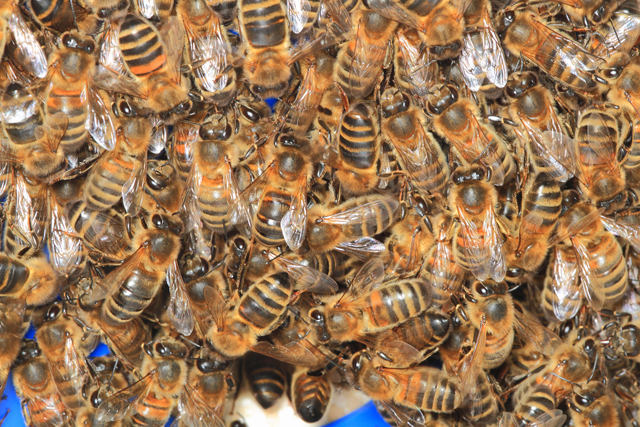
There comes a point when the crowd is so great,
that not all of the workers have access to the queen.
There is no space in the colony for more than one queen. Before the new queen emerges, the old queen takes off with part of the colony to establish a new nest, but before leaving their original colony, all of the bees will fill themselves up on nectar. Once the swarm has left its old nest or hive, this is when we might see a whirling mass of swarming bees in the air, or a bee swarm settled on the branch of a tree. In my case, I was walking the dogs on a muggy, hot day in June, when I found the swarm in the process of entering a nuc-box placed on the hedge of somebodies garden.
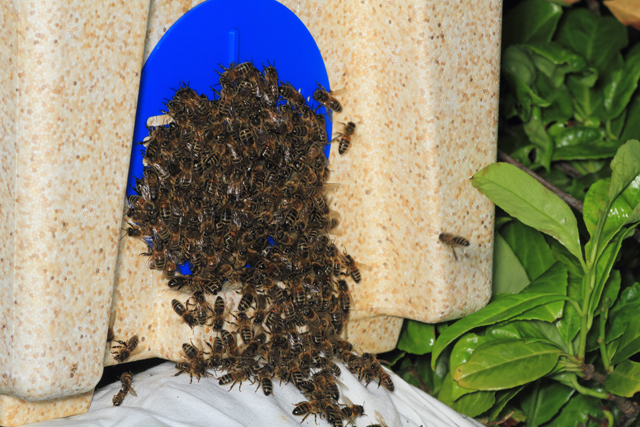
Swarm entering nuc-box (a small and well insulated version of a hive)
Fortunately, the house owner had contacted the local beekeeping group who in turn contacted a beekeeper happy enough to benefit from the bees by taking the swarm and starting up a new colony in a vacant hive. So by the time I arrived at the scene, the house owner along with beekeeper and assistant appeared to have everything under control. Which is just as well because the site of a swarm of bees can be a frightening and intimidating experience. It’s just as well to remember that the bees are focused on finding a new nest, not on attacking. That said, it is important to keep your distance from swarming bees, because if the bees feel threatened, then it is possible they will sting. I therefore kept a relatively safe distance with my 150mm macro lens.
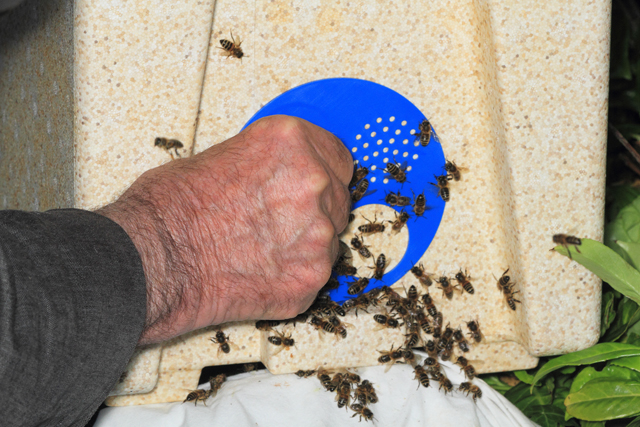
The site of a swarm of bees can be a frightening experience so you have to admire
the confidence of the beekeeper as he practically touches the bees with his bear hands!
The reason a bee swarm looks like a clump of bees is because all of the workers are gathered around the queen, hence forming a clump. But note, the queen is not the strongest of flyers, and so inevitably will need to rest at some point – perhaps on a branch, post or fence. Meanwhile, ‘Scout bees’ will be sent out to look for a suitable new place for the colony to live.
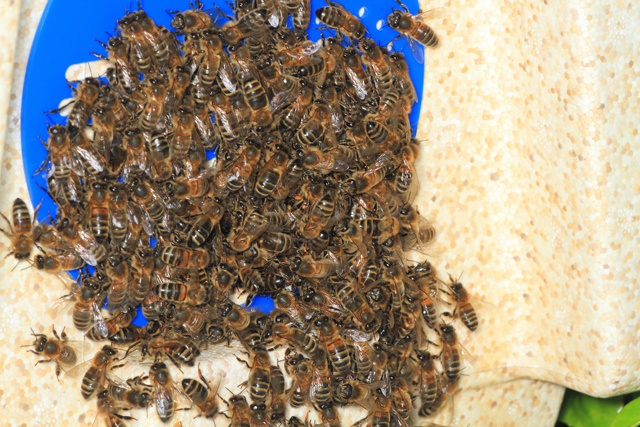
A swarm of workers forming a typical clump
Getting the bees into a nuc-box (a small and well insulated version of a hive) went well enough, they were only too happy to oblige so we left them to it. Did they have a queen? Very difficult to tell although the beekeeper felt confident that that they had.
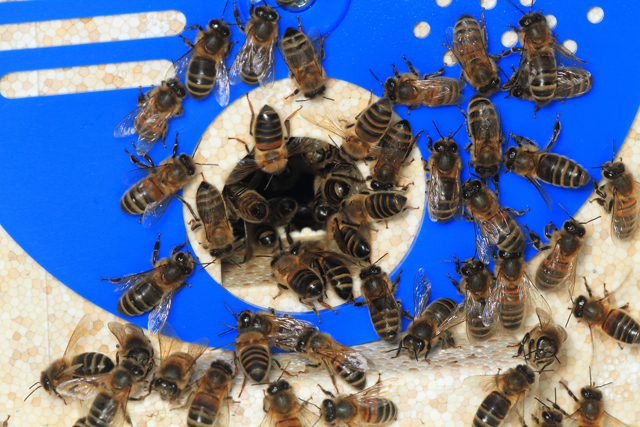
The last remaining bees entering the nuc-box
I’d like to think (and I have no reason to doubt) that the bees will be residing at some well looked after apiary, being well fed with the beekeeper boosting the numbers with frames of sealed brood (bees waiting to emerge) taken from one of the very active colonies. Swarms are programmed to build a new home wherever they end up, so I’m pretty confident that they will do well.
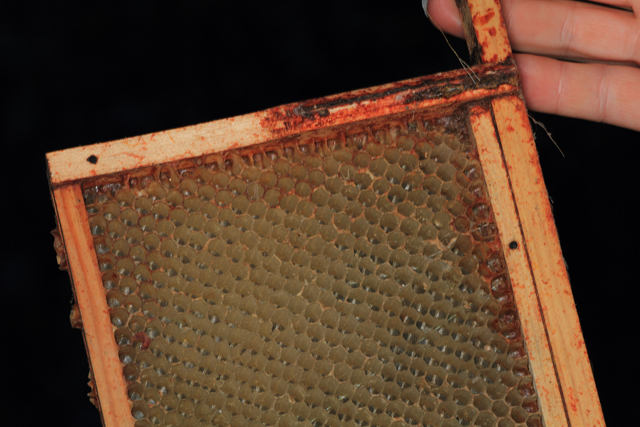

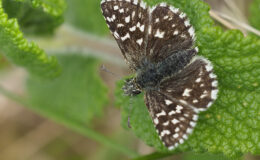
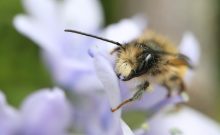
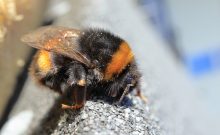
Leave a Comment